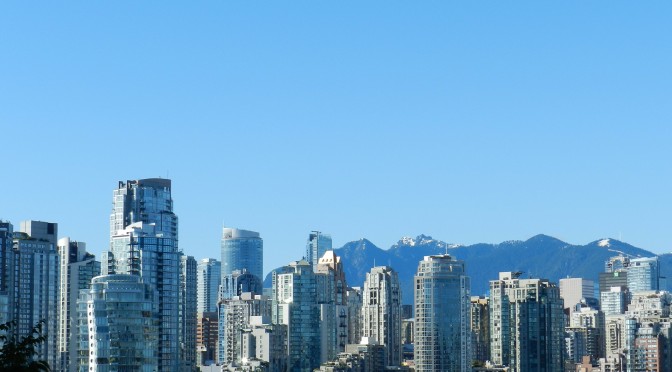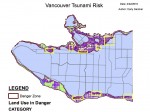In this lab, I learned about coordinate systems and projections, and how to fix misaligned and improperly referenced spatial data.
If spatial data is misaligned or improperly referenced, it may be necessary to project the data into a different coordinate system. Which coordinate system you choose depends on the purpose of the map and the region covered by the data layers.
Projecting-on-the-fly processes are used to quickly combine data layers with different coordinate systems and align them together. Spatial data coordinates are not changed; the data just appears to be in the same coordinate system. It is important to note that this process requires all spatial reference information to be available in the data files. Projecting-on-the-fly might distort angles, distances, and spatial analysis (because it assumes all the data is in the same coordinate system when it isn’t).
ArcToolbox Project and Transformation commands are also used to combine data from different coordinate systems. In this process, however, the data will be modified to create a new version of the layer that will match the other coordinate system. So when data is combined, the projected layer will be in the same coordinate system as the other layers (rather than just appearing to be).
I also learned about the advantages of using remotely-sensed Landsat data for geographic analysis.
Remote sensing has drastically improved the quality and quantity of geographical data. Landsat satellites can collect data without sending people out on foot, which means data from remote areas can be collected more frequently and efficiently. As technology evolves, these measurements become more and more precise.
Landsat data is particularly useful for comparing land-use change over time. The remote sensing program has been in use since 1972, which allows almost all areas of the globe’s surface to be compared over a significant time scale. For instance, in this lab I compared Mount St. Helen in July 1979 (pre-eruption) to that of July 2002 (post-eruption) to observe changes in landscape. I could visually confirm the damage to area features noting debris, lake formation, and vegetation changes.
Another common use for remotely-sensed Landsat data is for mapping ice cover. For instance, I could research how sea ice extent in Arctic areas has changed over time, selecting a region such as Greenland as a geographical location of focus. I would use data recorded in both September (minimum sea ice extents) and March (maximum sea ice extents) annually to be part of my analysis in order to understand both seasonal and annual variations over time. When portraying the data in GIS, I could choose to display the data at 20 year intervals in order to clearly see the changes in sea ice extent since the 1970s.
There are so many interesting possibilities when using Landsat data in GIS!




